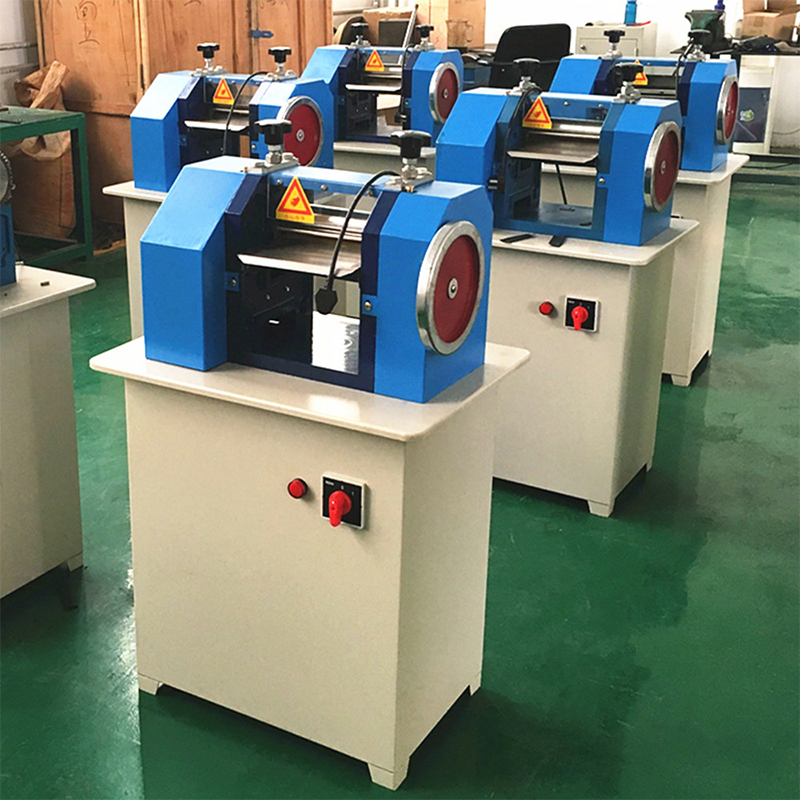Understanding IEC 60332 Standards for Cable Fire Resistance Testing and Manufacturer Compliance Guidelines
Understanding IEC 60332 A Guide for Manufacturers
The International Electrotechnical Commission (IEC) establishes various standards to ensure the quality, safety, and performance of electrical and electronic products. One significant standard in this context is IEC 60332, which specifically addresses the test methods for the vertical flame spread of single insulated wires and cables. For manufacturers, understanding and adhering to this standard is crucial for ensuring product safety and compliance in the global market.
The Importance of IEC 60332
IEC 60332 plays a vital role in fire safety, particularly in environments where cables are extensively used, such as in buildings, vehicles, and industrial settings. The standard outlines specific test procedures to evaluate how well insulated wires and cables resist ignition and limit the spread of flames. Manufacturers who comply with IEC 60332 not only enhance the safety of their products but also increase their marketability, as compliance often translates into greater consumer trust and regulatory acceptance.
Key Aspects of IEC 60332
The standard primarily focuses on two main tests
1. IEC 60332-1 This part evaluates the vertical flame propagation of a single vertical insulated wire or cable. The test aims to determine the length of the flame spread along the cable and the duration of burning. Utilizing a standardized test setup, manufacturers can assess how different materials and designs influence flame resistance.
2. IEC 60332-3 This section deals with the vertical flame propagation of bundles of cables. This is particularly pertinent in modern applications where multiple cables are often bundled together. The test evaluates how the presence of adjacent cables affects flame spread and is critical for ensuring the safety of installations in confined spaces.
iec60332 manufacturers

Compliance with these tests indicates that the cables can effectively resist flames and minimize fire hazards, which is essential for ensuring the safety of buildings and transportation systems.
Manufacturer Responsibilities
Manufacturers must ensure that their products undergo rigorous testing in accordance with IEC 60332 standards. This involves selecting the right materials, employing appropriate insulation technologies, and designing cables that meet or exceed the flame-resistance criteria. Additionally, documentation and traceability are crucial components of compliance. Manufacturers should maintain thorough records of test results and materials used, which can be invaluable in audits or inspections.
To achieve compliance, manufacturers may need to invest in specialized testing equipment and training for personnel involved in quality assurance. This investment is not only critical for compliance but also enhances the overall quality of products, leading to lower failure rates and increased customer satisfaction.
Market Implications
The implications of complying with IEC 60332 extend beyond just regulatory requirements. Many industries, particularly construction and telecommunications, require certification to these standards to ensure that products meet safety codes. By achieving compliance, manufacturers position themselves favorably in a competitive market. Moreover, as global awareness of fire safety grows, the demand for compliant products is expected to increase, making it imperative for manufacturers to stay ahead of the curve.
Conclusion
In summary, IEC 60332 is a foundational standard for manufacturers of insulated cables and wires, focusing on flame spread resistance. Understanding and adhering to this standard not only ensures product safety but also enhances brand reputation and market competitiveness. As fire safety continues to be a significant concern in electrical applications, manufacturers must prioritize compliance with IEC 60332 to safeguard lives, meet regulatory demands, and build consumer confidence. Embracing these standards is not just a legal obligation but a commitment to quality and safety in the electrical manufacturing industry.
-
The Role of Tensile Force Testers in Quality Control and Material Science
NewsAug.01,2025
-
Maintenance and Safety Tips for Aging Ovens
NewsAug.01,2025
-
Density Balance in Forensic Science
NewsAug.01,2025
-
Advanced Optical Measurement Technologies
NewsAug.01,2025
-
A Buyer’s Guide to Tensile Test Machines
NewsAug.01,2025
-
Why the Conductor Resistance Constant Temperature Measurement Machine Redefines Precision
NewsJun.20,2025
 Copyright © 2025 Hebei Fangyuan Instrument & Equipment Co.,Ltd. All Rights Reserved. Sitemap | Privacy Policy
Copyright © 2025 Hebei Fangyuan Instrument & Equipment Co.,Ltd. All Rights Reserved. Sitemap | Privacy Policy
